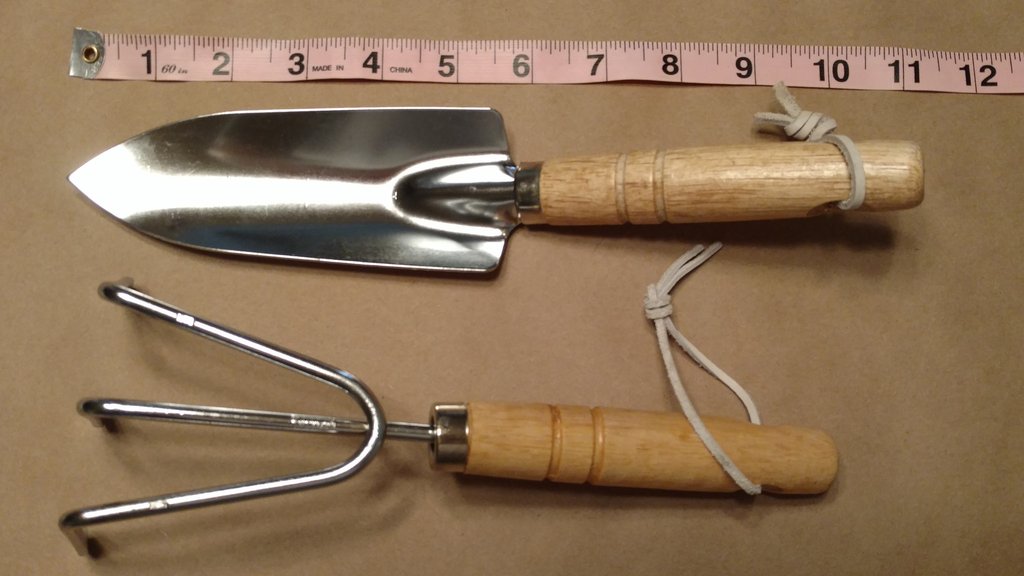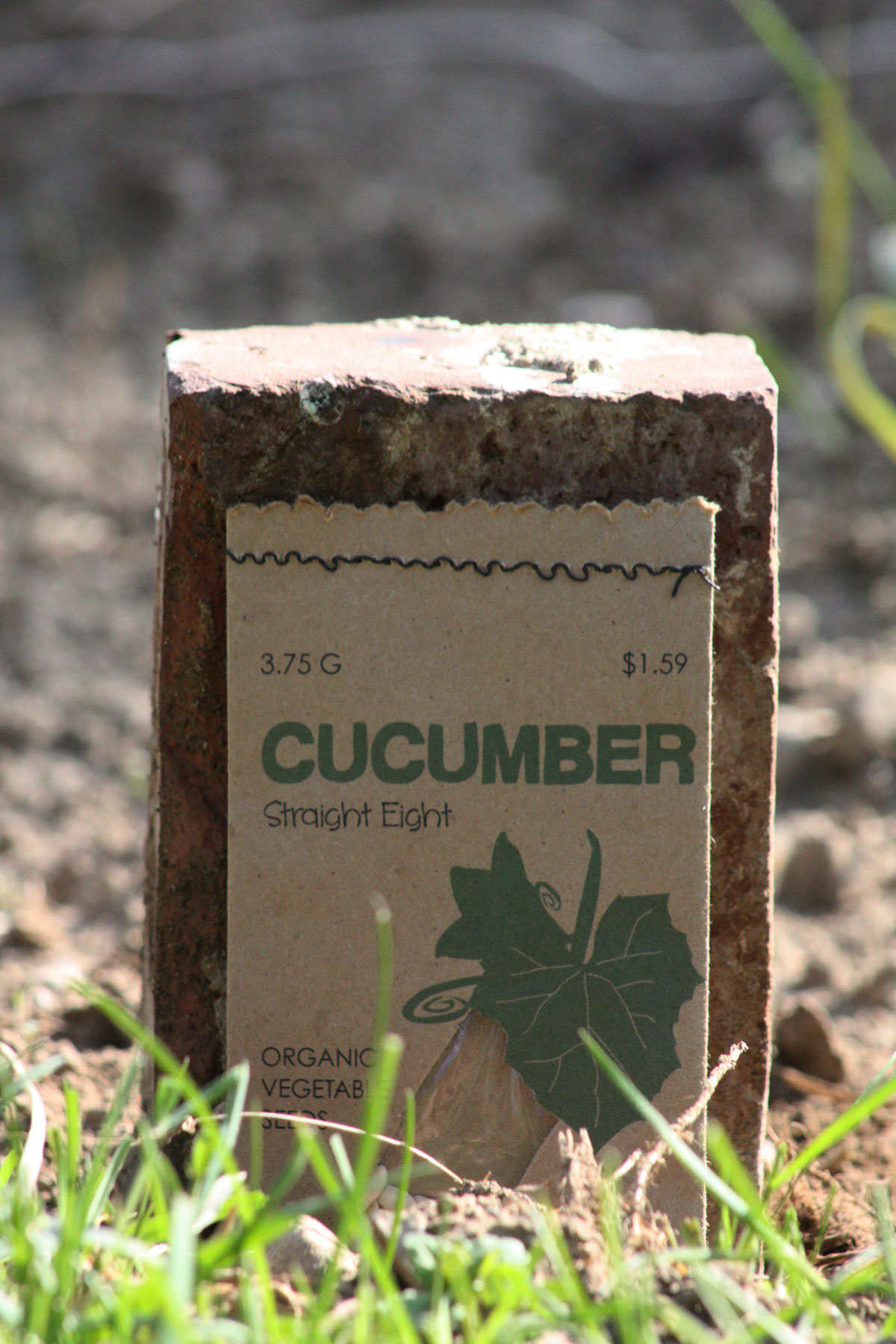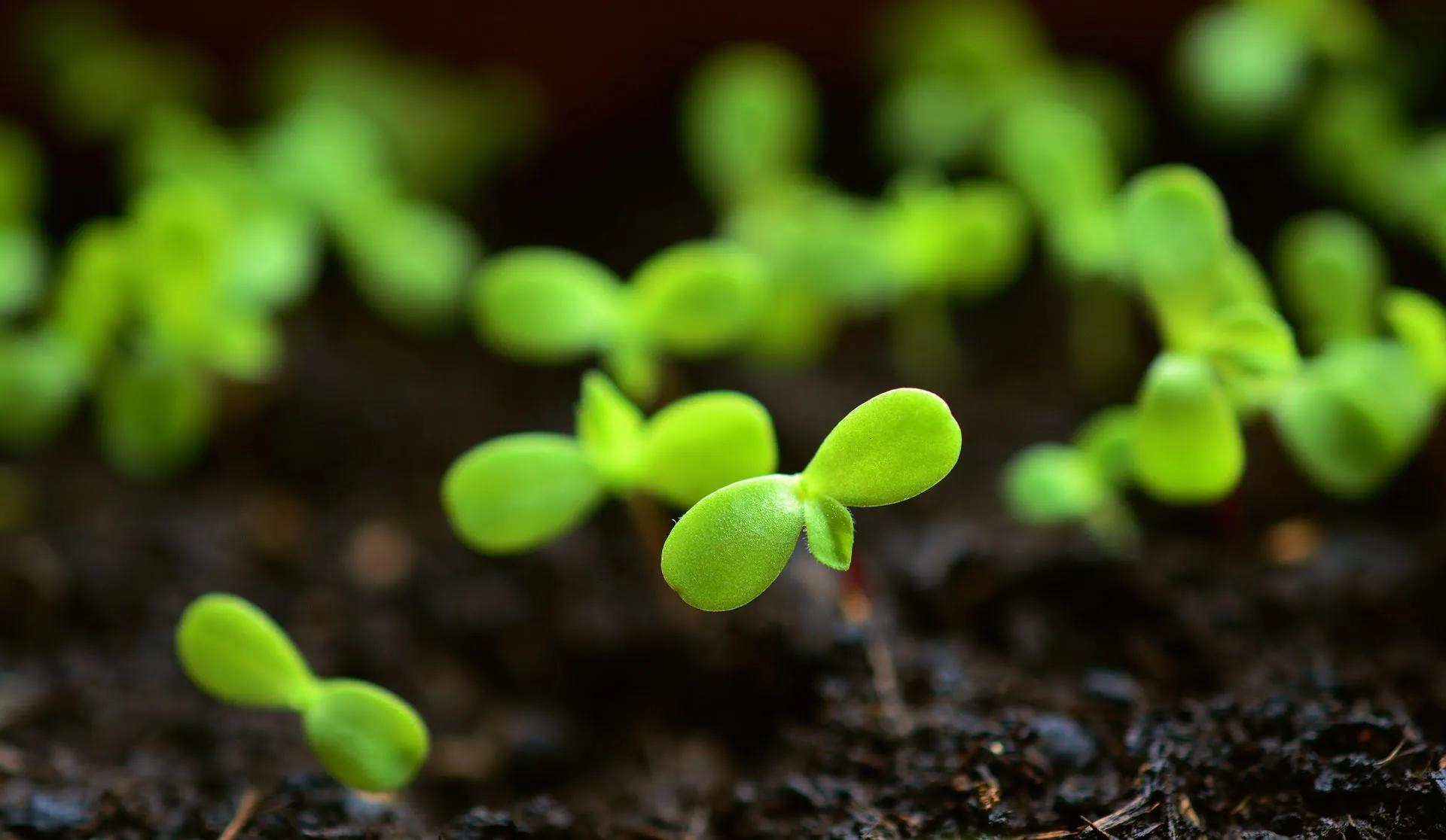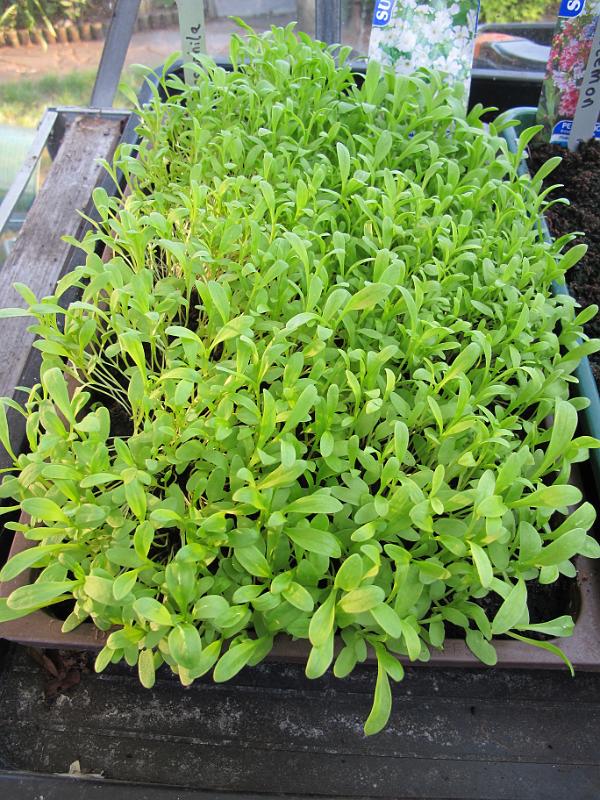In the ever-evolving world of gardening, one phrase has gained significant traction: “Sown To Grow.” This concept is more than just a catchy slogan; it’s a philosophy that emphasizes the importance of starting from the basics and nurturing growth through patience, care, and knowledge. As the United States continues to embrace sustainable living and homegrown produce, understanding the fundamentals of sowing and growing becomes increasingly relevant. Whether you’re an experienced gardener or a complete novice, this guide will walk you through the essential steps of transforming seeds into thriving plants.
Understanding the Basics of Sowing and Growing
Gardening, at its core, is a journey from seed to harvest. It involves several critical stages, including seed selection, germination, planting, and harvesting. Each step requires careful attention and the right techniques to ensure success. For those new to gardening, the process can seem overwhelming, but with the right guidance, it becomes an enjoyable and rewarding experience.
Seed Selection
The first step in the sowing process is selecting the right seeds. Quality seeds are essential for healthy plant growth. When purchasing seeds, look for reputable dealers who offer high-quality, true-to-cultivar seeds. These seeds should be free from contaminants such as weed seeds, insect casings, or soil particles. Additionally, consider the specific growing conditions in your area. Choose varieties that are suitable for your climate and will reach maturity before frost.
Some seeds come in treated forms, such as fungicide-coated seeds, which can protect against soil-borne diseases. Small seeds may also be pelleted, making them easier to sow uniformly. Legume seeds can be treated with nitrogen-fixing bacteria, which help plants draw nitrogen from the air and deposit it in their roots. While treated seeds may cost more, they can be worth the investment for their added benefits.
Reading a Seed Package
Seed packages are a valuable resource for gardeners. They provide essential information such as the year the seeds were packed, spacing requirements, planting depth, days to germination, and instructions for thinning seedlings. Retaining these packages can also help with future reference and garden records. Always check the “sell by” or “grown for” date to ensure you’re using fresh seeds.
Germination Process
Germination is the process by which a seed transforms into a seedling. It begins with imbibition, where the seed absorbs water. This stage is crucial, as without water, seeds remain dormant. Adequate moisture is essential, but too much water can cause seeds to rot. Misting seeds with a spray bottle or using a humidity dome can help maintain the right level of moisture.
Oxygen is another critical factor in germination. Viable seeds need oxygen to respire, releasing carbon dioxide and consuming oxygen. The seed-starting media must drain well to meet this need. Light and temperature also play significant roles. Some seeds require light to germinate, while others need darkness. Check the seed package for specific requirements.
Materials and Containers
Choosing the right materials and containers is vital for successful seed starting. A sterile, soilless potting mix is ideal for starting seeds, as it is free from weed seeds and disease organisms. Avoid using garden soil, as it can be too heavy and contain unwanted elements. Containers should be sanitized, have good drainage, and be deep enough for root development. You can use plastic inserts, flats, or even recycled materials like salad boxes or muffin containers.
Seeding Techniques
Seeds can be sown directly into the container or transplanted later. Most seeds are planted at a depth approximately twice their diameter. Very small seeds should be gently pressed into the surface of the soil and barely covered. To raise humidity for germinating seeds, cover the container with plastic wrap or place it in a plastic bag, but remove the bag as soon as germination occurs.
Direct Seeding vs. Transplanting
Not all plants respond well to transplanting. Large-seeded plants like corn and pumpkins, as well as root crops like carrots and beets, are best direct-seeded. However, many plants benefit from being started in a seed bed and then transplanted. This method allows for better control over growing conditions and ensures a desired number of plants. Examples of plants that benefit from transplanting include broccoli, cabbage, tomatoes, peppers, petunias, pansies, and alyssum.
Timing and Thinning Seedlings
Timing is crucial when sowing seeds for transplanting. You want the transplants to be ready for planting in the garden when soil temperatures are appropriate and the threat of frost has passed. Generally, sow seeds 6 to 8 weeks prior to transplant time. Thinning seedlings is also important to ensure proper spacing and prevent competition for water, light, and nutrients. Weak or unwanted seedlings can be snipped off with scissors or pinched off at the media level.
Transplanting Seedlings
After germination and the development of the first true leaves, seedlings can be transplanted to a container of choice. Use a pencil or dibble tool to probe under the roots and lift gently. Create a hole for the seedling in the new container or location and set it at the same depth as it was growing in the seedling flat or pot. Avoid planting too deep or too shallow.
Hardening Off
Plants raised in a high humidity, sheltered location need to be prepared for outdoor conditions. This process, known as hardening off, involves gradually exposing plants to outdoor conditions. Move them outside to a shady location, increasing the amount of sunlight over several days. This helps slow growth and thicken plant cell walls, preparing them for the harsher outdoor environment.
Saving Seeds
Saving seeds from your garden can be a rewarding practice. However, seeds from hybrid varieties may not produce plants identical to the parents. Ensure collected seeds are mature and completely dry before storing. Seeds stored with extra plant pulp or material that is not completely dry may mold and deteriorate while in storage.
Conclusion
The journey from seed to harvest is a fulfilling and educational experience. By understanding the basics of sowing and growing, you can transform your garden into a thriving ecosystem. Whether you’re cultivating vegetables, herbs, or flowers, the principles of “Sown To Grow” apply universally. With the right techniques, patience, and care, you can enjoy the fruits of your labor and contribute to a more sustainable future.




Stay updated with the latest news on gardening and sustainability practices. Explore today’s headlines and discover how you can make a difference in your community.











More Stories
US Trending News: How to Claim Your Joy: A Guide to Finding Happiness and Inner Peace
US Trending News: Explore Www.hobbylobby.com: Your Ultimate Guide to the Official Site
When Is Trick Or Treating in 2024: A Complete Guide for Halloween